Розробка урока "Світ мистецтва"
Разработка открытого урока
"The world of painting"
Цели урока:
Образовательные
- обобщение лексического материала по теме, его углубление и расширение;
- приобретение дополнительных знаний о культуре разных стран (в частности, об изобразительном искусстве);
- формирование коммуникативной культуры учащихся, развитие культуры устных выступлений при презентации проектных работ;
- удовлетворение личных познавательных интересов учащихся;
Развивающие
- развитие навыков монологической речи и чтения с извлечением необходимой информации;
- развитие метапредметных связей (изобразительное искусство и история);
- развитие навыков аудирования и письма, формирование умения писать высказывания с элементами рассуждения;
- развитие умения сравнивать и анализировать, развитие способностей к логическому изложению;
Воспитательные
- воспитание у учащихся ценностного отношения к жизни, чувства уважения к культуре, как своих соотечественников, так и к мировым достижениям;
- формирование эстетических вкусов учащихся; вызвать интерес к истории искусства.
Задачи урока:
- формирование социокультурной компетенции;
- Закрепление изученного и усвоение нового материала по теме;
- развитие всех видов речевой деятельности: аудирования, говорения, чтения, письма;
- развитие навыков перевода.
Тип урока: комбинированный, интегрированный с элементами искусства и истории.
Технологии: личностно-ориентированная технология, диалог культур, игровая (ролевая игра).
Методы работы: объяснительно-иллюстративный, репродуктивный, продуктивный, элементы проблемно и частично-поискового, проектного.
Формы работы: индивидуальная, групповая, фронтальная.
Оборудование:
- учебник “Англійська мова для 10 класів загальноосвітніх навчальних закладів",Тернопіль,видавництво"Астон"2010
- компьютер, проектор,экран,
- презентация,
- репродукции картин, портретов художников,
- раздаточный материал.
Ход урока.
"A picture is a poem without words"
Horace
I. Приветствие и организационный момент.
II. Мотивация. Введение в тему.
Teacher: -What comes to your mind when you hear the word "painting" or art?
![]()
![]()
![]()
![]()
![]() ART
ART
- What do paintings mean to you?
- Have you ever been emotionally moved because of painting?
- We have the statement "A picture is a poem without words" by Horace. Think and say whether you agree or disagree with it.
III. Сообщение целей и задач урока.
IV. Основная часть урока.
- Развитие навыков монологической речи.
- What famous painters do you know?
- What styles do they represent?
As I know you have prepared some information about artists of different styles and times.
- Развитие навыков аудирования.
– Now, we are going to listen to a text about Pablo Picasso, a Spanish painter and sculptor. Your task is to listen to the text and delete the wrong word in each of the pairs in italics (Приложение 1). Then we`ll discuss the information.
- Which style of painting is Picasso famous for?
- At what age did Picasso start to paint?
- Where did he study painting?
- Under what circumstances did he become a celebrity and a very respected artist?
- Развитие навыков информативного чтения.
– Will you take the sheets of paper on your desks and find the text "Art Movements and Styles".
- Read it in pairs and find the appropriate word to each description of the style in art (Приложение 2,3).
- The text tells us about styles in painting and gives the representatives of art tendencies.
- Will you look through the pictures and match the specific features of the following art styles in them.
(Students scan the text and do the task)
- Now let`s check your understanding of the text. Name me the peculiarities of each style, their representatives and works.
- Физминутка.
-I propose you to stand up and do some exercises. When you hear the right definition of the word you`ll clap your hands to all the sides, but when your hear the wrong one you should stamp yuor feet.
Abstract art - It doesn’t show real people or things, but only shapes and colours.
Classicism- Shows sensibility, heroic isolation, emphasis on women and children.
Cubism - Things are broken up into angular shapes.
Impressionism - Gives changing effect of natural light, colours are pure, vivid and bright.
Romanticism - Balanced and controlled, simple forms, following ancient models.
Realism - It shows things as they really are lifelike pictures.
- Развитие навыков письма.
- One more task for you: I`ll read the description of the painting by Monet "Women in the garden" (Приложение4) and you should stick the figures onto the background.
The painting "Women in the garden" as painted by Monet in a suburb of Paris called Ville d Evreux. The only model for this painting was his wife, Camille: she portrayed three of the of women we can see in the picture. So there is a woman in the middle of the painting who is going somewhere ,one more woman with the umbrella is sitting on the grass and the other two women are standing behind her and and talking.
- You have several pictures on the desks. Complete the description of them starting with the following sentences.
This colourful picture shows/depicts....
In the middle of the picture there is/are..
On the left/right there is/are....
The shapes are...
The colours are...
The painting is dynamic, somber, energetic.
The author wanted to say/ reveal....
V. Рефлексия.
What new information have you learnt during our lesson? Учащиеся высказываются об уроке.
And now I’d like to tell you that I’m really pleased with you today. You’ve worked hard in class.
VI. Заключительная часть.
Подведение итогов, оценивание учащихся.
VII. Домашнее задание.
There are a few minutes left before the bell, so write down your home task for the next lesson.
- make a dialogue with your friend about a visit to an exhibition of pictures.
- write an essay expressing your opinion about one or the paintings you see on the blackboard.
Приложение 1.
THE READING / TAPESCRIPT
Pablo Picasso (1881–1973) is probably one of history’s most famous names. He was a Spanish painter and sculptor and perhaps the most recognized figure in twentieth-century art. He is best known for starting the Cubist style. Among his most famous works is the painting of the German bombing of the Spanish city of Guernica during the Spanish Civil War.
Picasso was born into a middle-class family. He took after his father, who was also a painter and a professor of art. From the age of seven, Picasso had formal art lessons from his father. Picasso threw everything into art and his school grades went down. Aged 16, the family sent Picasso to study at Madrid’s Royal Academy of Art.
Picasso moved to Paris in 1900. It was difficult for him to make a living. In 1911, he was questioned by the police for stealing the Mona Lisa. In the summer of 1918, Picasso married ballerina Olga Khokhlova. She introduced him to the rich people of Paris in the 1920s. He became a celebrity and a very respected artist.
Picasso also acted in movies and always played himself in his film appearances. He became famous for his anti-war views. His painting Guernica showed the horror of war. He publicly opposed America’s involvement in the Korean War. After his death, the French state kept many of his paintings. Today, much of his work hangs in a collection at the Musée Picasso in Paris.
CHOOSE THE CORRECT WORD:
Delete the wrong word in each of the pairs in italics.
Pablo Picasso (1881–1973) is probably one of history’s most / best famous names. He was a Spanish painter and sculptor and perhaps the most recognized figure on / in twentieth-century art. He is best known for starting the Cubist style. Among his most famous workers / works is the painting of the German bombing / bomb of the Spanish city of Guernica during the Spanish Civil War.
Picasso was born onto / into a middle-class family. He took before / after his father, who was also a painter and a professor of art. From the age of seven, Picasso had formal / form art lessons from his father. Picasso threw / gave everything into art and his school grades went down. Aged 16, the family sent Picasso to study at Madrid’s Royal Academy of Art.
Picasso moved to Paris in 1900. It was difficult for / to him to make a living. In 1911, he was questioned by / with the police for stealing the Mona Lisa. In the summer of 1918, Picasso married ballerina Olga Khokhlova. She introduced him to the wealth / rich people of Paris in the 1920s. He became a celebrity and a very respected / respect artist.
Picasso also acted in movies and always playful / played himself in his film appearances. He became famous for his anti-war views / viewers. His painting Guernica showed the horrible / horror of war. He publicly opposed America’s involvement in the Korean War. After his death, the French state / stated kept many of his paintings. Today, much of his work hangs in a collection at the Musée Picasso in Paris.
Приложение 2
Art Movements and Styles
....... is a style in art which tries to depict feelings and emotions. This movement in the arts and literature originated in the late 18th century, emphasizing inspiration, subjectivity, and the primacy of the individual. It is often contrasted with Classicism.The most notable artists who painted in this style are Turner and Constable.
....... is a style of art practised especially in the 18th century in Europe. It follows the ancient Greek or Roman principles of harmony, regularity and balance. The artist does not attempt to express strong emotions or give way to feeling. It is often contrasted with Romanticism. The most notable artists who painted in this style are French painters Claude Lorrain and Nicolas Poussin.
....... is an art movement or style which represents people or things like in real life (lifelike pictures). It followed Romanticism in the 19th century. . The most notable artists who painted in this style are Leonardo Da Vinci
...... is a style of painting developed in France between 1870 and 1900 which concentrated on showing the effects of light on things rather than on clear and exact detail. . The most notable artists who painted in this style are Claude Monet, Pierre Auguste Renoir.
..... is a style of art, begun in the early 20th century, in which objects are represented as if they could be seen from several different positions at the same time, using many lines and geometric shapes.This style was created by Picasso and Braque.
...... was generally based on dreams. Their paintings were filled with familiar objects which were painted to look strange or mysterious. They hoped their odd paintings would make people look at things in a different way and change the way they felt about things. They thought that their paintings might stir up feelings in the back of peoples minds. The most notable artist who painted in this style is Salvador Dali.
Приложение 3
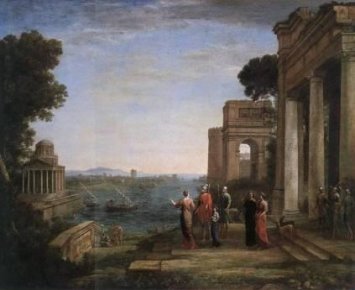
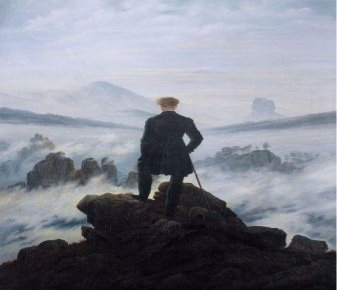
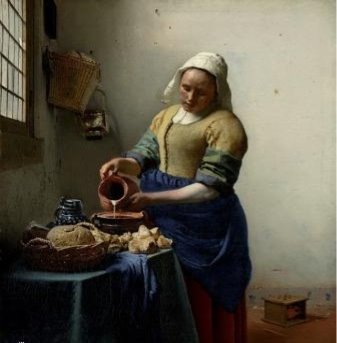
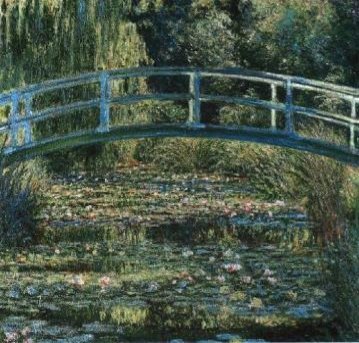

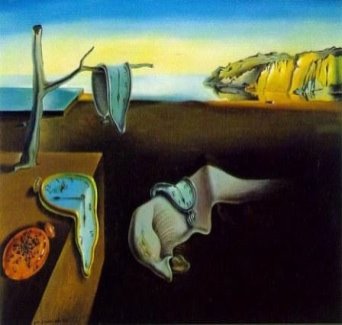
Приложение 4
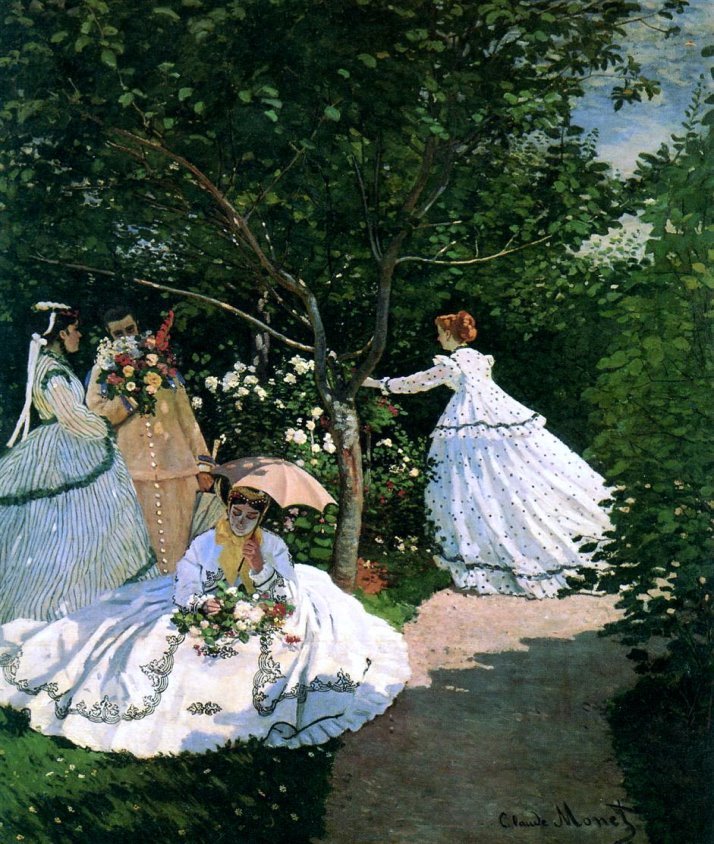
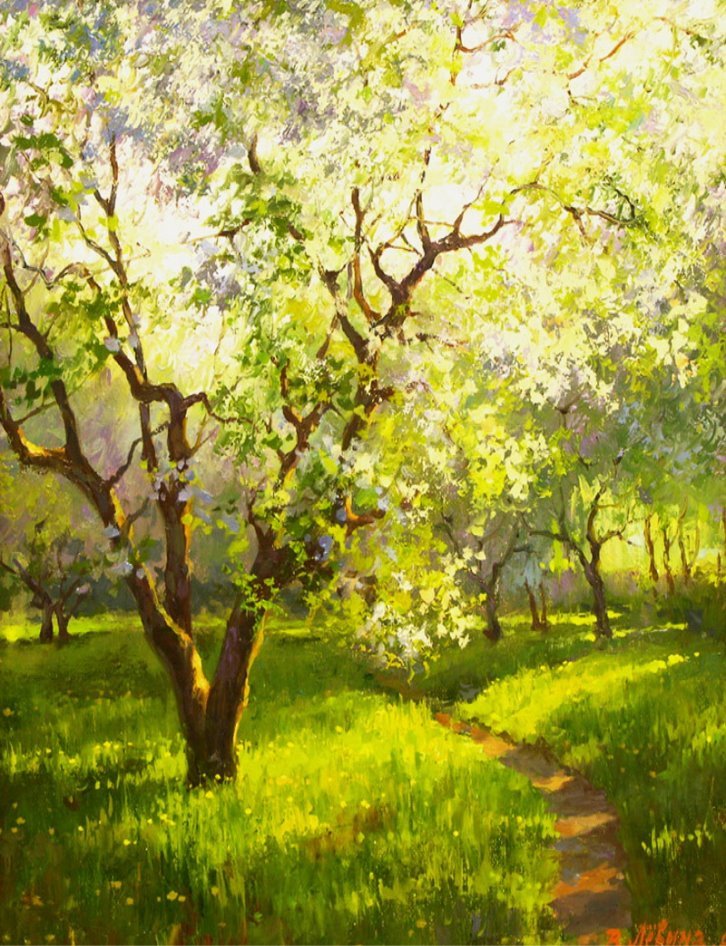
"A picture is a poem
without words"
Horace


про публікацію авторської розробки
Додати розробку
